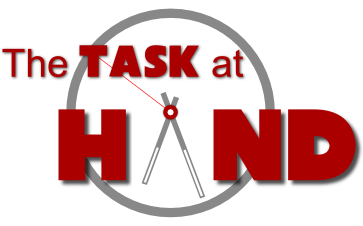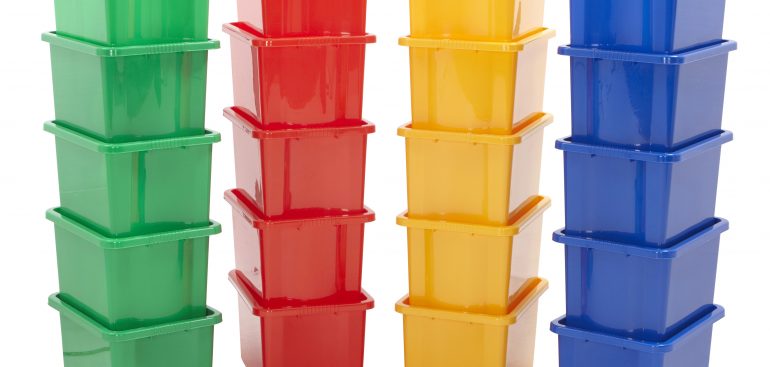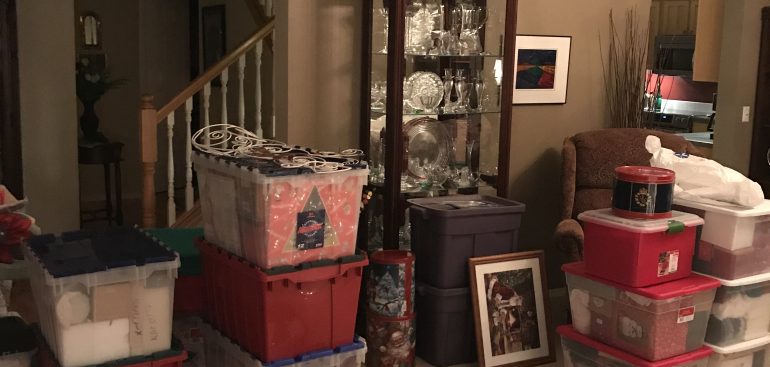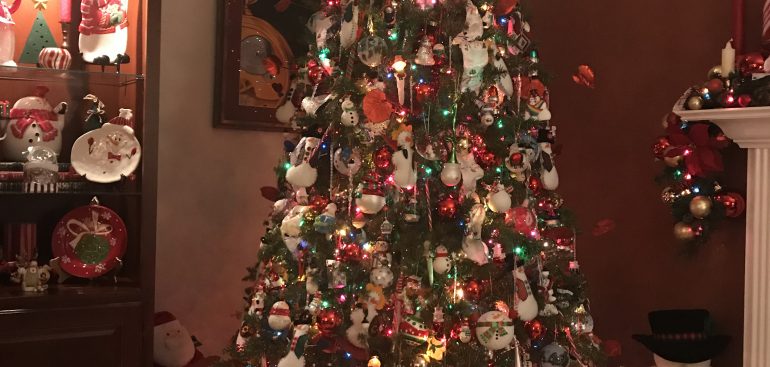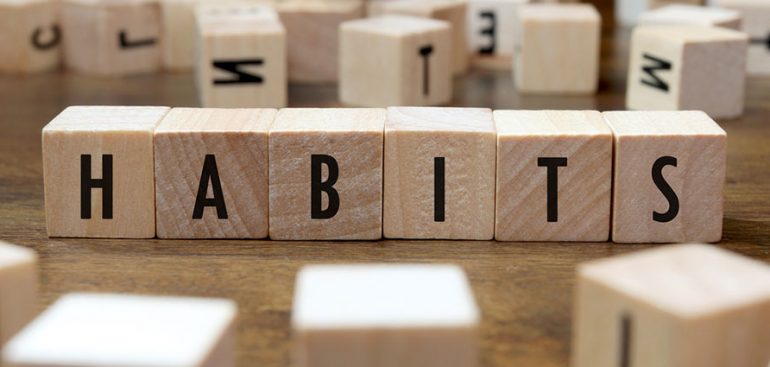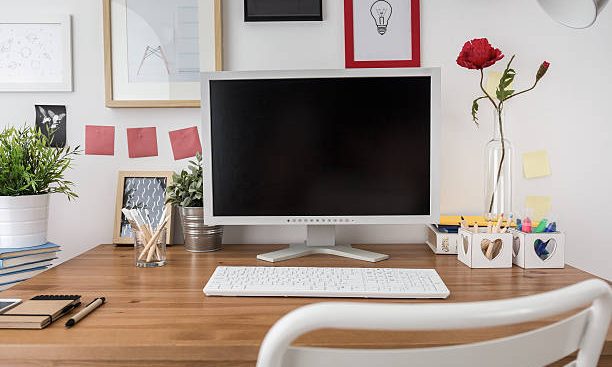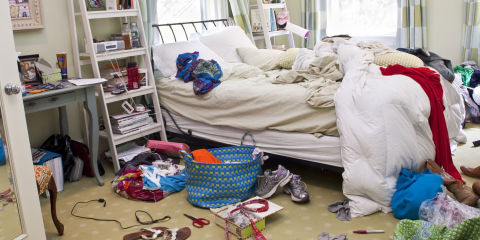Welcome to 2018! A fresh start. I’m sure like me many of you are setting goals and making a list of things you want to accomplish in the new year. I long ago gave up on making New Year’s Resolutions – I found doing so is an exercise in futility and nothing more than setting myself up for failure. Rather than wait until the start of a new year to make life or lifestyle changing decisions, I chose to set a series of goals and objectives for myself throughout the year. I’m learning to celebrate the individual successes and build on them to push me forward.
Every year at this time you can almost guarantee there will be people who say they are going to work out more, get organized and stick to a budget. No sooner than the last gift is open the ads are already appearing online and on the TV proclaiming that it’s not too late to get everything you wanted for Christmas. There are ads highlighting healthier eating. And, all the big box retailers put every bin of every size on sale.
I’ve said it before and I’ll say it again – buying a bunch of bins and organizers isn’t going to instantly get you organized. There is a lot of work that goes into it – and stuffing it all in pretty containers isn’t going to magically solve that closet that you’re afraid to open.
My advice for the new year is to think about putting together a road map and a plan first and going from there. Start small – maybe it’s just one drawer or closet. When you start have a vision for what you want to accomplish. Are you simply wanting to clean up the space? Are you looking to give a room a new look and purpose? Are you wanting to integrate something new into an existing space? There is no correct answer. What you need to do is establish a clear expectation of what it is you want. If you don’t know where you are heading then how are you going to get there?
My advice to you as this new year gets started is to keep things simple, set goals that are measurable and achievable. Enlist the help and support of others and most importantly, if you really are stuck on where and how to begin – ask for help!
Here’s to a fantastic 2018 for us all!
